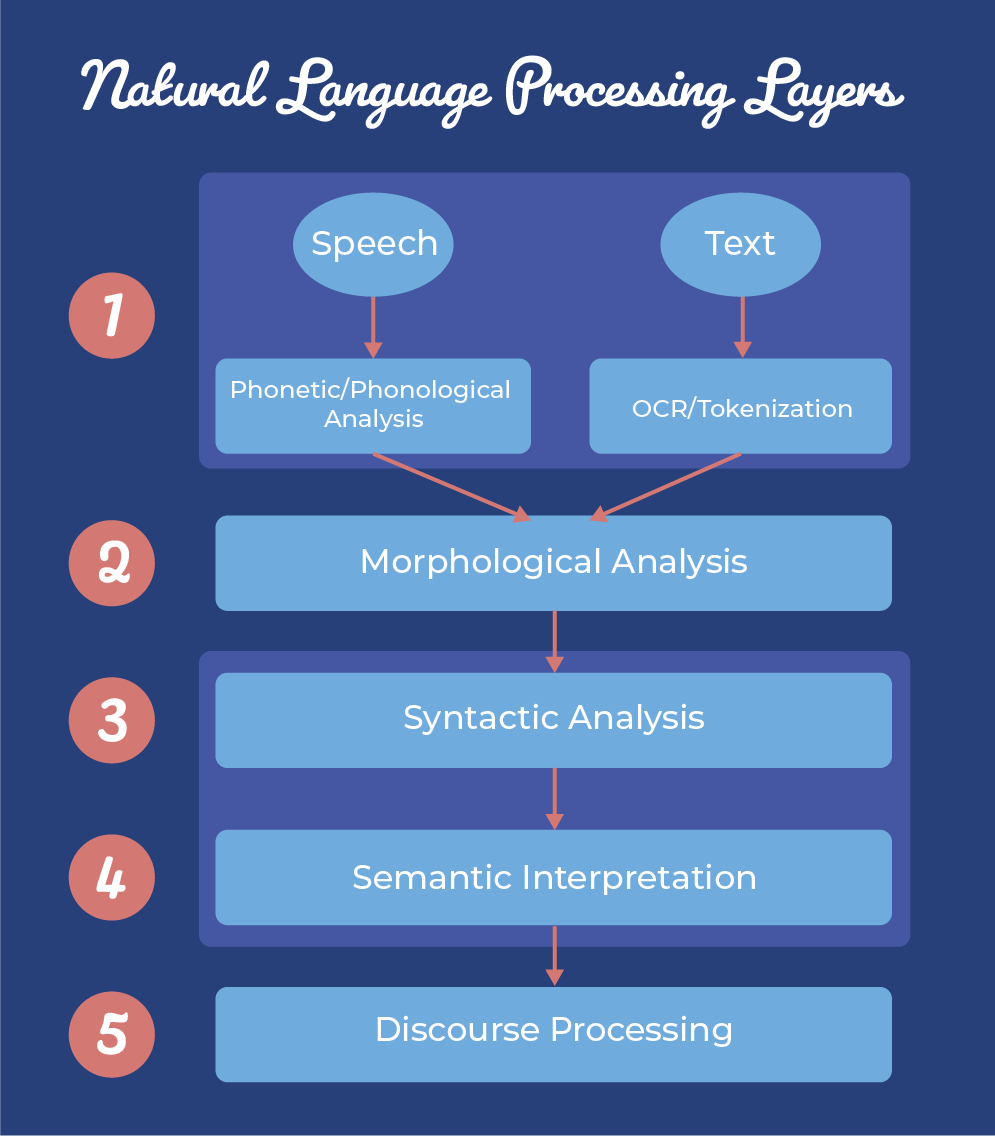What is AI Article Generation?
What if you could whip up a polished article in just a few minutes? Thanks to AI article generation, that's now a reality for many. Picture the ripple effect on fields like marketing and journalism. In this piece, we'll explore how AI-generated content works, where it's making a splash, and what you can realistically expect from such technology.
AI article generation is changing the pace and reach of content creation. Its knack for producing engaging, informative pieces at breakneck speed is attracting plenty of attention from those hoping to sharpen their content strategies. Dive in and you'll see how this technology might fit into your own workflow—maybe even giving you a creative edge.
Table of Contents
Understanding AI Article Generation
So, what is AI article Ggeneration? At its most basic, it’s the use of artificial intelligence to write content—think articles, blog posts, or social media blurbs. The journey from the first attempts to today’s more sophisticated results hasn’t been short; significant milestones in natural language processing (NLP) have pushed the boundaries. NLP technology is at the heart of this, allowing computers to understand and mimic human language with surprising fluency.

Picture an AI model poring over mountains of text, learning to spot patterns and draw connections. This is what helps it craft clear, on-topic writing. As these tools keep improving, you’ll likely see even more subtle, nuanced work coming from the digital side of the writer’s desk. Some of the key benefits of AI article generation include:
- Speed: AI can produce content much faster than human writers.
- Consistency: AI can maintain a consistent tone and style across multiple articles.
- Scalability: AI can produce large volumes of content, making it ideal for high-volume content needs.
How AI Article Generation Works
Behind every AI-written article sits a process: it usually starts by gathering a trove of data about a chosen topic. After sorting and processing this information, the AI assembles it into a logically organized piece. The distinction between rule-based and learning-based systems is key—rule-based models stick to pre-set instructions, while those trained on data evolve and get smarter over time.
Take the news world, for example; some outlets use AI to produce updates on sports, finance, or weather in seconds. With these tools handling high-volume, data-driven stories, human journalists get to focus on deeper investigations or creative storytelling.
Key Technologies Behind AI Article Generation
Machine learning, especially deep learning and neural networks, powers these AI writing systems. These algorithms digest enormous datasets, learning to recognize themes and generate content with surprising coherence. Data itself is crucial: if the information fed into these systems is incomplete or of poor quality, the results will fall short.
One valuable approach here is transfer learning; this is where an AI model, already trained on general knowledge, gets tweaked for a specific task. The result? More precise, relevant writing for specialized needs.
Common Applications in Content Creation
Across industries, from digital newsrooms to independent blogs and bustling social streams, AI-driven writing tools are now in play. In some cases, readers even spend more time with AI-generated articles than those penned by people. Content localization and translation have also seen big boosts, as AI makes it easier for companies to connect with audiences around the globe.
This technology does more than just churn out text. It can also fine-tune articles for SEO—suggesting keywords or crafting meta tags—helping businesses climb those search engine rankings.

Benefits of Using AI for Articles
Speed, cost savings, and reliable output: these are just a few reasons folks turn to AI for article generation. If you need lots of quality content, fast, AI is tough to beat. It doesn't only save time; it sharpens your site’s search visibility by suggesting ways to optimize your writing for the web.
There's another upside too. AI can tailor its output to readers—analyzing what grabs their attention, then crafting pieces that keep them hooked. For businesses and creators, this means a better overall experience for their audience.
Limitations & Challenges
Like any tool, AI writing isn’t flawless. It often stumbles with creativity, empathy, or deeper understanding—qualities that come naturally to people. Capturing a unique voice or crafting a story that truly resonates can be tricky for even the best-trained models.
Bias is another hurdle; if the AI is trained on skewed data, it can repeat those same missteps. Keeping these issues in check is vital as AI-generated content becomes more common in our feeds and news cycles.
Get the right software for your business
1500+ business applications were reviewed by our team of independent software advisors.
Comparing AI-Written & Human-Written Articles
Stack AI-written articles next to those by people, and differences become clear. AI wins on speed and volume, but often lacks the flair, nuance, or emotional insight that human writers bring. Careful human editing can bridge some of these gaps, making machine-written work more lively and relatable.
The smartest approach may be teamwork. When writers and AI join forces, they can produce content that's both engaging and search-friendly—each side covering the other’s blind spots.
Quality & Accuracy Considerations
Fact-checking remains crucial when it comes to AI-generated writing. Tools like readability scores and reader comments help spot areas needing improvement. Keeping a consistent voice and style across articles matters, too; it shapes how readers perceive your brand or message.
The field isn’t standing still. As AI writing improves, maintaining high standards for quality and accuracy is more important than ever; after all, trust is hard to win and easy to lose.
Ethical Concerns in AI Content Creation
Transparency is a hot topic in AI-generated content. Readers deserve to know if a computer drafted what they’re reading, and the legal side of things can get sticky fast. There’s also the risk of AI unintentionally spreading false information—something regulators and creators are watching closely.
Some propose digital watermarking: embedding a hidden marker in AI-written articles so you can detect their origins. As more organizations turn to AI, balancing innovation with responsibility will be key to building public trust.
Popular Tools for AI Article Generation
Plenty of AI writing tools have hit the market—Wordze, AI Writer, Article Forge, WordLift, to name a few. Each platform offers its own blend of features and pricing, from automated drafts to SEO support. Choosing the right one depends on what you need: volume, quality, specific topics, or a hands-on editing process.
If you’re just testing the waters, there are also some free or open-source options that let you experiment without a big upfront investment.
Best Practices for Using AI Article Generators
To make the most of AI writing tools, start by picking one that matches your workflow. Don’t forget the human touch—editing and oversight are crucial to catch mistakes or fine-tune tone. Quality data as training material is essential; monitor how your AI performs and tweak it as needed.
With these habits, you can turn AI from a simple tool into a genuine asset for your content production process.
Future Outlook for AI Article Generation
AI article generation is moving fast. Beyond just writing, it’s being adapted for other media—think video scripts or podcast outlines. The coming years may see even tighter collaboration between people and machines, making content creation quicker and more dynamic than ever before.
So, where does that leave us? AI-generated writing isn’t going anywhere. As the field grows, staying up to speed on new tools and best practices will help creators keep quality and ethics at the forefront.
Conclusion
AI article generation is changing how we approach content, offering new ways to produce articles that are timely and engaging. Its promise—and its pitfalls—are worth considering for anyone involved in publishing or marketing. Prioritizing quality, truthfulness, and ethical standards will ensure that AI supports, rather than replaces, what makes human writers so valuable.
Curious what’s next? The road ahead is wide open. Whether you manage a content team or just want to see what the fuss is about, AI article generation offers fresh possibilities for years to come.


